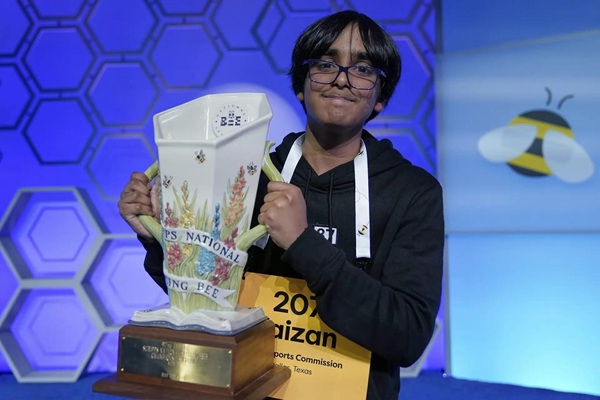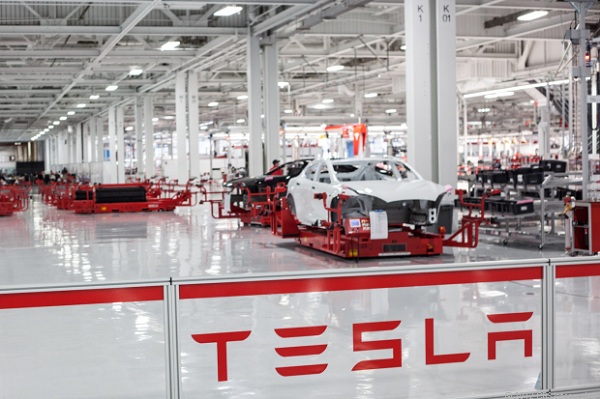By Frank F Islam
There are many reasons the president hasn’t been able to move the needle substantially with the Indian-American community. First and foremost is the former vice-president’s long track record as a supporter of India, dating back to his Senate days.
Throughout the 232-year history of the United States (US) presidential elections, India had rarely been a campaign issue. The current election, pitting President Donald Trump and former vice-president Joe Biden, is changing that. With the election day less than seven weeks away and early voting already in progress in several states, both campaigns are touting their strong support for India.
Foreign leaders and the politics of other countries become issues in US presidential campaigns only when they have direct implications for the US or foreign policy consequences. The exceptions have been Israel and Cuba. They are perennial campaign issues because of the presence of a large number of voters who have an interest in the domestic politics of those countries.
India has become a campaign issue in the current election cycle for this same reason. Both the Trump and Biden campaigns are touting their support for India to woo the 1.8-million Indian-American voters, who have a strong presence in battleground states such as Florida, Pennsylvania and Michigan.
Indian-American populations in swing states, such as Pennsylvania, Michigan and Florida are large enough to tilt the race one way or the other. According to a survey by AAPI Data, which tracks demographic data on Asian-Americans and Pacific Islander communities, there are 87,000 Indian-American voters in Florida, 61,000 in Pennsylvania, and 45,000 in Michigan.
These are among the dozen states that will decide the fate of Trump and Biden on November 3. To put the size of the Indian-American electorate in context, Trump won Michigan in 2016 by 13,080 votes and Pennsylvania by 44,292.
Trump’s campaign was the first to start focusing on India. Trump, who had professed his “love” for “Hindus” during his insurgent campaign in 2016, appeared with Prime Minister Narendra Modi in two public events over the past 12 months, in Houston last year and in Ahmedabad in February.
For its part, the Biden campaign has also been courting the Indian-American community aggressively. On August 15, India’s Independence Day, Biden and vice-presidential nominee Kamala Harris addressed the Indian-American community, where both vouched their strong support for India.For its part, the Biden campaign has also been courting the Indian-American community aggressively. On August 15, India’s Independence Day, Biden and vice-presidential nominee Kamala Harris addressed the Indian-American community, where both vouched their strong support for India.
Until recently, neither the Democratic nor the Republican Party made any concerted effort to earn Indian-American votes. This was due to the relatively small size of the Indian-American electorate and the fact that it was concentrated in reliably Democratic states such as California, New York and New Jersey and routinely voted Democratic.
This year, the Indian-American electorate is on the radar screens of both Democrats and Republicans. Around 56% of Indian-American registered voters told the AAPI Data pollsters that they have been contacted by the Democrats in the past year and 48% said they were approached by the Republicans.
Even though Trump was the first to begin targeting Indian-American voters, he doesn’t appear to have made a lot of progress. The recent AAPI Data survey found that only 28% of Indian-Americans plan to vote for Trump. Two-thirds of the registered voters said they will vote for Biden.
There are many reasons the president hasn’t been able to move the needle substantially with the Indian-American community. First and foremost is the former vice-president’s long track record as a supporter of India, dating back to his Senate days.
Second, Trump’s approach to India, much like his approach to politics and governing, in general, has primarily been one of sloganeering rather than consistency in policy positions.
Finally, similar to a vast majority of Americans outside of Trump’s base, Indian Americans perceive the Trump presidency as one of chaos and confrontation for the US, India and the world.
At this point in time, however, it appears that verdict will be that Donald Trump should be a one-term president and that India should start developing its future relations with Joe Biden.






0 Comments